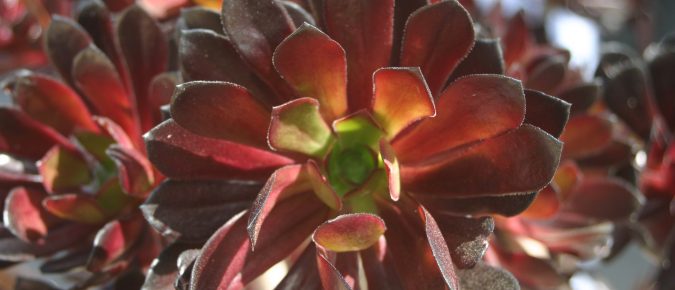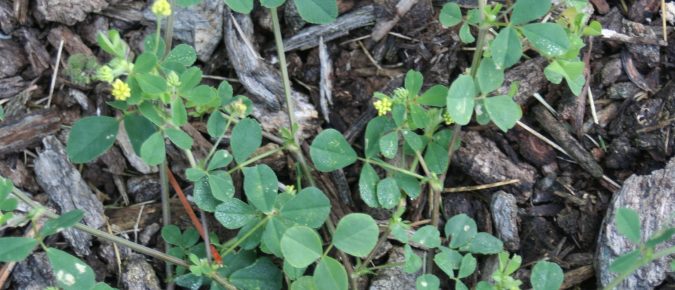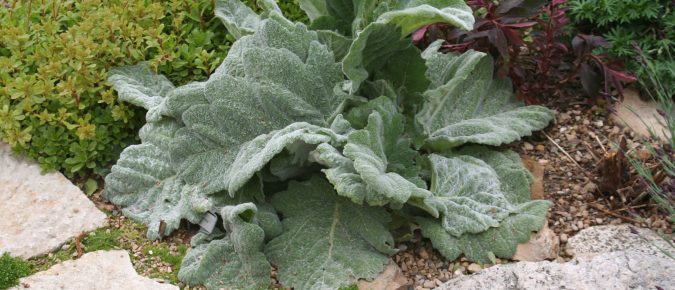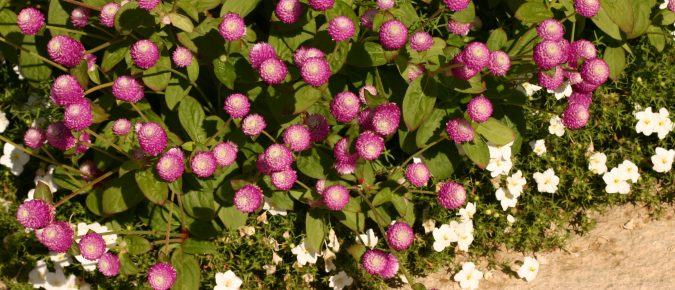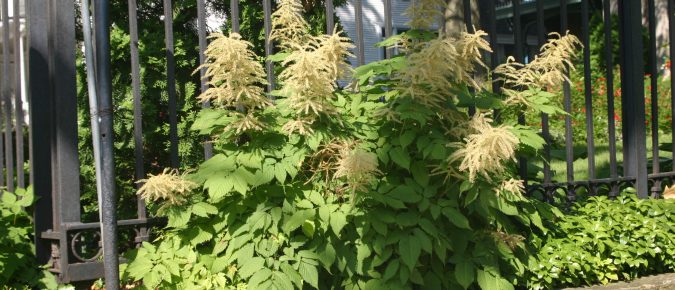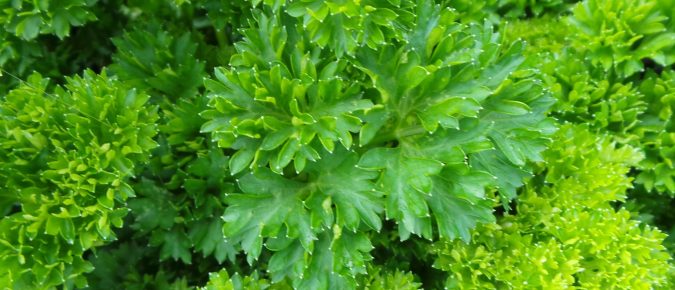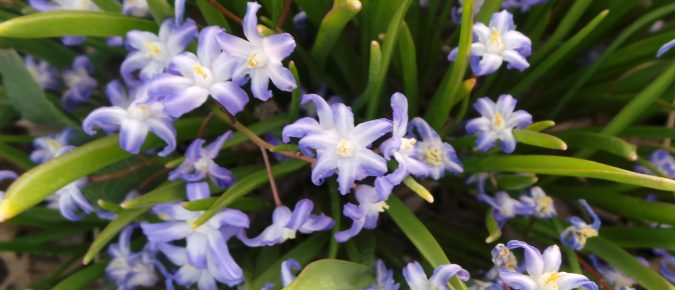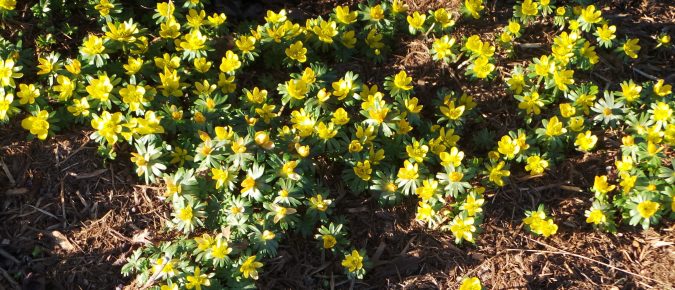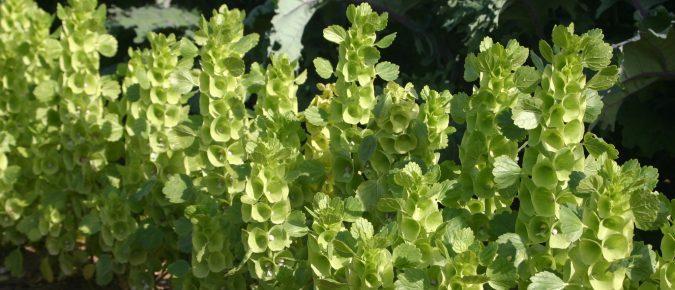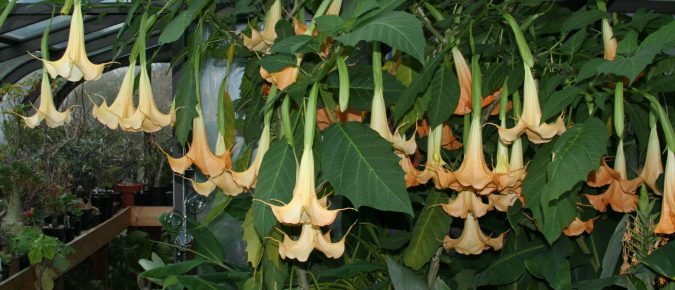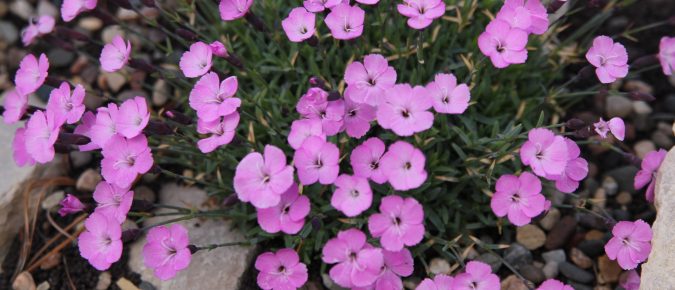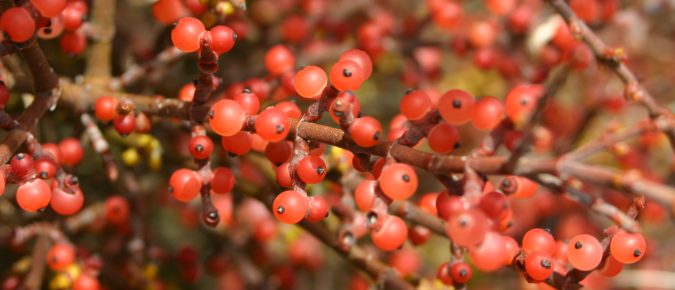Articles
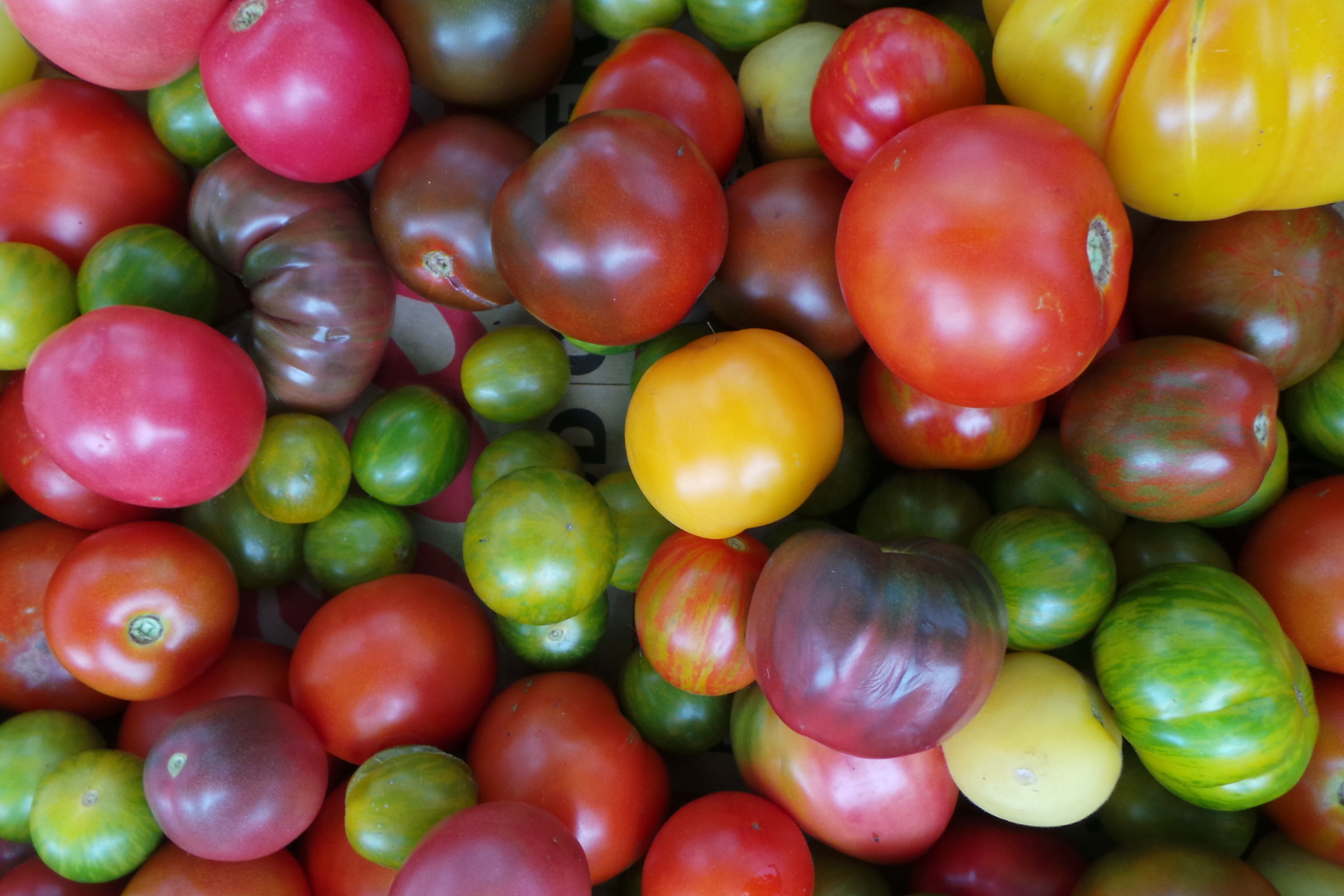
Gardening Articles
Research-based horticulture information to help keep your plants and gardens thriving.
Aeonium
Are you looking for a plant to provide both color and architectural interest? Look no further than the succulent Aeonium, a tender perennial used extensively as an ornamental in mild climates. It adapts readily to container culture, so can be grown as a seasonal plant in cold climates or even a houseplant if you have very bright light. Read more about this interesting plant in this article…
Black Medic, Medicago lupulina
Black medic is a prostrate clover-like weed with small yellow flowers, often growing in lawns and garden beds. Originating from Europe and temperate Asia, this leguminous plant (legume) is also called yellow trefoil, black clover and hop medic. Read more about identifying and managing this weed.
Silver Sage, Salvia argentea
If you’re looking for a perennial with eye-catching foliage, silver sage is a great choice. This award-winning plant native to southern Europe has large, fuzzy, blue-green leaves that contrast nicely with other plants. Although it will flower, the individual flowers are not particularly impressive, and allowing it to bloom can weaken the plant. To learn more about silver sage, read this article…
Globe Amaranth, Gomphrena globosa
With globular, clover-like flower heads on upright spikes, globe amaranth is an interesting plant to add to the garden. This annual from Central America has stiff, papery bracts that form the showy “flowers” in a range of colors from pink to red to purple, plus white. Learn more about this easy-to-grow plant in this article…
Goatsbeard, Aruncus dioicus
Here’s a low-maintenance plant with spires of foamy white flowers and mounds of dark leaves that turn golden in the fall. This perennial combines well with many other plants in the shade garden. To learn more about goatsbeard, read this article….
Parsley, Petroselinum crispum
Parsley is a bienniel grown as an annual for its pungent foliage. Not only is it tasty, but it can also be grown as an ornamental for the attractive mounds of foliage. To learn more about parsley and its pests, read this article…
Glory-of-the-Snow, Chionodoxa forbesii
Light blue, upward facing flowers bloom early in the spring – sometimes even poking out of the snow, giving rise to the common name glory-of-the-snow. Chionodoxa forbesii is a great addition to gardens in beds, for naturalizing or mixed in a lawn. This small bulb combines well with other spring bulbs, too. Learn more about glory-of-the-snow in this article…
Winter Aconite, Eranthis hyemalis
This early spring bloomer produces bright yellow flowers close to the ground. This plant in the buttercup family is one of the earlierst “bulbs” to bloom in spring. It’s actually not a true bulb, but a tuberous perennial. It is right at home in rock gardens, flower beds and woodland gardens. To find out more about this pretty harbinger of spring, read this article…
Bells of Ireland, Molucella laevis
It really has nothing to do with Ireland – other than it’s green color – but that didn’t stop the marketers from giving this annual the name Bells of Ireland. It’s unusual green inflorescenses have been a symbol of good luck for centuries. Learn more about Molucella laevis in this article…
Angel’s Trumpet, Brugmansia
With huge, fragrant flowers hanging from a small tree, angel’s trumpet is a spectacular exotic plant common in the tropics. It can also be grown as a seasonal outdoor plant in the Midwest during the summer, or as a conservatory plant. There are many species and hybrids of Brugmansia although many retailers only offer unnamed plants by flower color. To learn more about this interesting group of tropical trees and how they can be grown in cold climates, read this article…
Dianthus gratianopolitanus 'Firewitch'
There are numerous cultivars of Dianthus that make great additions to the garden. Dianthus gratianopolitanus ‘Firewitch’ has been chosen by the Perennial Plant Association as their Plant of the Year 2006. With shocking magenta flowers and blue foliage, it’s not one to disappear into the landscape! To learn more about this tough, pretty low-growing plant, read this article…
Mistletoe
Hanging high in trees in warmer climates, mistletoe is a plant that has a long history of myth and tradition dating back to ancient times. Learn more about this interesting group of parasitic plants in this article.

